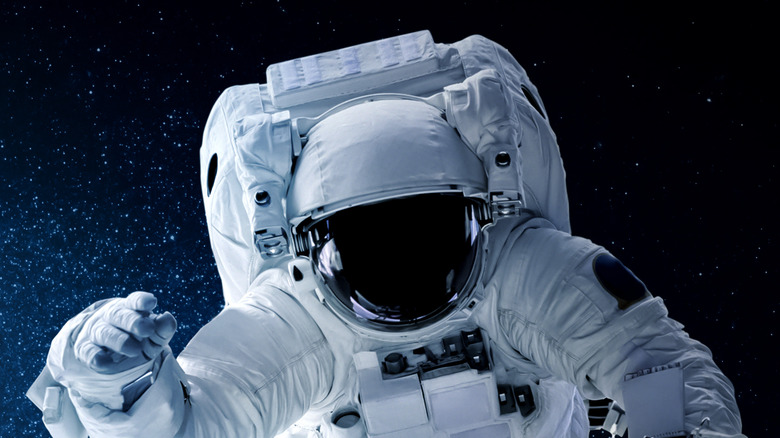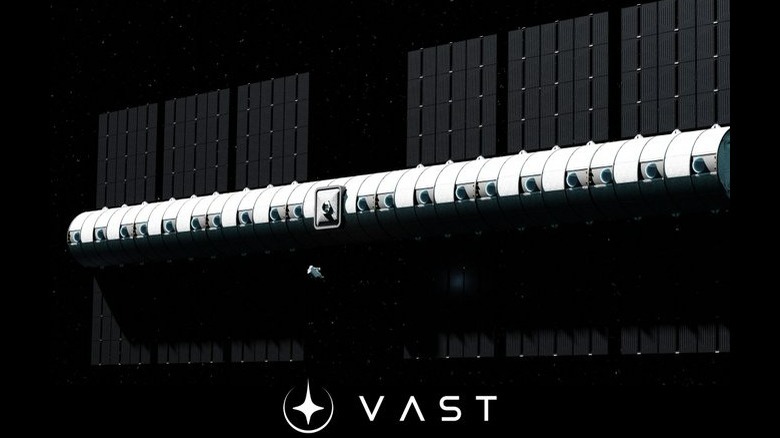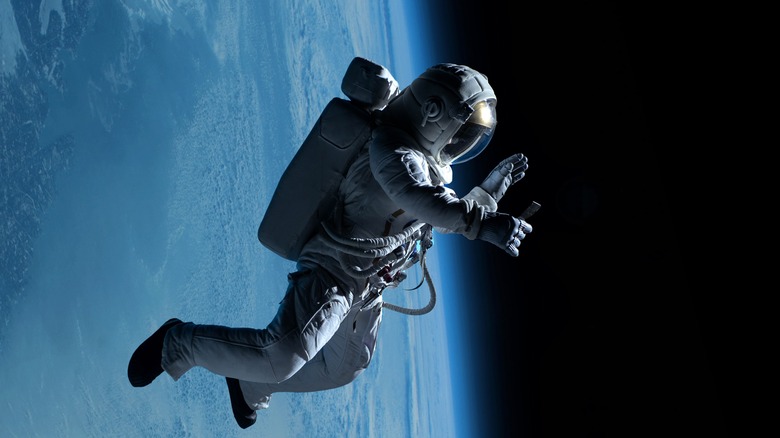Artificial Gravity Space Stations Just Got One Step Closer To Reality Thanks To Vast Space
The use of artificial gravity has been a thing of science fiction from the time humans began conceiving of space travel itself. The modern incarnation may be achieved (in film or print) through the use of specialized boots that bring the wearer back down to the ground or through an apparatus baked into a station or ship's internal mechanisms.
While the greatest minds of science fiction have been thinking through the ways in which space explorers might deal with the effects of zero-gravity travel (and film producers are trying to reach it), so too have scientists who are making these voyages a reality. In "The Expanse," a series of books and a popular television adaptation, the Belters — people who live their lives out in space rather than on Earth or Mars — have great difficulty when descending to Earth. The planet's gravity harms them immensely. This detail is based in reality: without gravity, a human's blood and bodily fluids don't flow normally and if exposed to this environment for long enough, the muscles and bones begin to atrophy substantially.
It's perhaps for this reason that in "2001: A Space Odyssey," the audience sees astronaut Frank Poole running around the Discovery One while it's venturing toward Jupiter. As well, astronauts in the real world must engage in physical exercise while in space to prevent extreme atrophy upon their return to the Earth. These limitations of the human body make for a requirement to establish artificial gravity while out there in the true expanse. And with a continuing focus placed on a future with space at our doorstep, this advancement is critical. Fortunately, it may be one step closer to reality.
Vast Space is working toward artificial gravity breakthroughs
Vast Space is a relatively new company — it was founded in 2021 — that's working to build an artificial gravity-enhanced space station in Low Earth Orbit (LEO). This breakthrough would give astronauts the ability to rocket out into orbit and remain in research or even navigational roles for as long as necessary without having to combat the eventual side effects that come along with this unique work environment.
On February 21, 2023, Vast Space announced that it has acquired Launcher, a space exploration startup venture that has done incredible things with orbital space tug infrastructure and hosted payload delivery. Vast will acquire the company's technology (its E-2 liquid rocket engine, payload platform, and orbital tug, among others), as well as its team. The founder of Launcher, Max Haot, will join the new company layout as its president. The Vast Space's founder, Jed McCaleb, told TechCrunch that "for the most part, [with] the combined team now plus a few more folks, we'll be able to do quite a bit," in discussing the personnel layout of the new combined operation.
Faking gravity still has a long way to go
Today, one solution to zero gravity involves rotating the facility that a team might live and work in. This would provide a centrifugal force that mimics the gravitational pull that an individual feels while tethered to the ground beneath their feet. This option has been rendered in science fiction, but it's often seen in gigantic ships traveling between solar systems. This use in the arts is grounded in the fact that the larger a spinning object is, the slower it has to move to create the binding force required to fake internal gravity.
Therefore, a relatively small space station would have to spin rapidly to deliver this sensation, rendering it virtually useless and potentially inducing sickness in the crew. Another option is through electromagnetic charges that move around a field. This might be best visualized in the gravity boot concept for science fiction characters. However, this option doesn't defeat the gravity-dependent body liquid problem. One very real bodily problem can already be seen in ISS astronauts who come home with eye troubles.
Vast Space's acquisition is sure to infuse the bolstered company with a new spark of energy as the team pursues grants within NASA's Commercial low Earth orbit Development program (CLD). Jed McCaleb has set his sights on the next phase of space exploration rather than the problem of "getting out there" in the first place. "For me, the compelling thing is to push humans out into the solar system," he told TechCrunch. For Max Haot's part, he notes that his team was highly motivated to merge operations. "Our Launcher team jumped at the chance to join Jed's vision of moving beyond Earth and advancing humanity's exploration of space," he offered in the press release from Vast.


